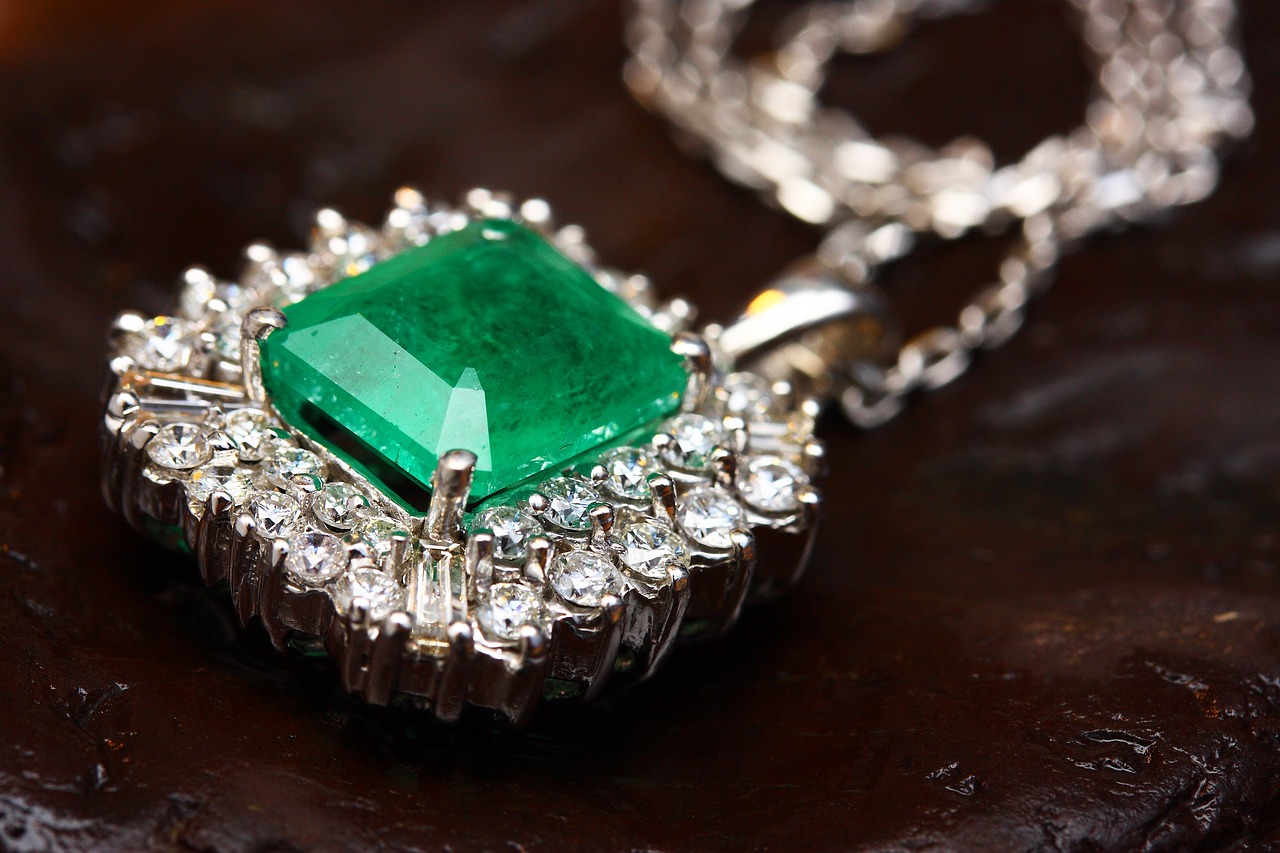Author: Sun WuKong
-
Chang’e is a significant figure celebrated during the Mid-Autumn Festival, also known as the Moon Festival, where she is venerated as the Moon Goddess. But how did she ascend to the Moon? The intertwined tales of Chang’e, her husband Hou Yi, and the Mid-Autumn Festival are rich in variations. Here are two of the most…
-
Chinese jade represents any carved-jade artifacts created in China, tracing back to the Neolithic period (around 3000–2000 BCE) and continuing through history. The Chinese have always held jade in high esteem, associating it with purity and eternal strength. The Significance of Jade In Chinese art and culture, jade holds a unique status, revered even more…
-
Chinese jade has been cherished since the Neolithic Period (circa 3000–2000 BCE), symbolizing purity and resilience in Chinese culture. Carved jade objects are not just valued for their beauty but are deeply rooted in moral significance. The Significance of Jade In Chinese artistic heritage, jade holds a status akin to gold in Western contexts, albeit…
-
Understanding Nezha: The Warrior Child in Chinese Mythology Nezha (哪吒) is a significant figure within Chinese folk religion, symbolizing youth and revered as a deity associated with filial piety and children. His numerous titles include “Marshal of the Central Altar” (中壇元帥; zung1 taan4 jyun4 seoi3), “Prince Nezha” (哪吒太子; naa5 zaa1 taai3 zi2), and “Third Lotus…
-
Nezha: The Youthful Deity in Chinese Mythology Nezha (哪吒), revered in Chinese folk religion, embodies youth and is notably recognized as the god of filial piety and children. He carries several titles, including “Marshal of the Central Altar” (中壇元帥), “Prince Nezha” (哪吒太子), and “Third Lotus Prince” (蓮花三太子). His image, often portrayed as a child wielding…
-
Overview Nezha (哪吒) holds a significant place in Chinese mythology as a youthful deity revered as the protector of younger generations. His extraordinary narrative begins with an unusual gestation period, resulting in his birth imbued with remarkable strength and the ability to articulate his thoughts. The inspiration for Nezha’s character can be traced back to…
-
From the iconic vampire hunter Abraham Van Helsing in Bram Stoker’s “Dracula” to the acclaimed anime “Demon Slayer: Kimetsu no Yaiba,” the themes of ghost hunters and demon slayers have significantly influenced fiction. Interestingly, similar characters are prominent in Chinese folklore as well. One such heroic figure is Zhong Kui (鍾馗; zung1 kwai4), a formidable…
-
The Mythological Character of Zhong Kui in Age of Mythology: Tale of the Dragon Zhong Kui stands out as a minor god representing the Heroic Age within the game “Age of Mythology: Tale of the Dragon.” He is accessible to followers of the deities Fu Xi and Shennong and showcases a unique blend of mythology…
-
The Legendary Monkey King: Sun Wukong Origins in Mythology Sun Wukong, also called the Monkey King, is a celebrated character from the classic 16th-century Chinese novel Journey to the West. This iconic figure has a lineage that traces back to ancient legends from the Song dynasty, where stories of white gibbons were prevalent. Wukong entered…
-
The Enigmatic Journey of Sūn Wùkōng in Journey to the West Sūn Wùkōng 孫悟空 stands as the central figure in the renowned Chinese fictional work, Journey to the West (西遊記 Xī Yóu Jì), which is celebrated as one of the four masterpieces of Chinese literature. This tale narrates the extraordinary journey undertaken by Xuánzàng 玄奘,…






